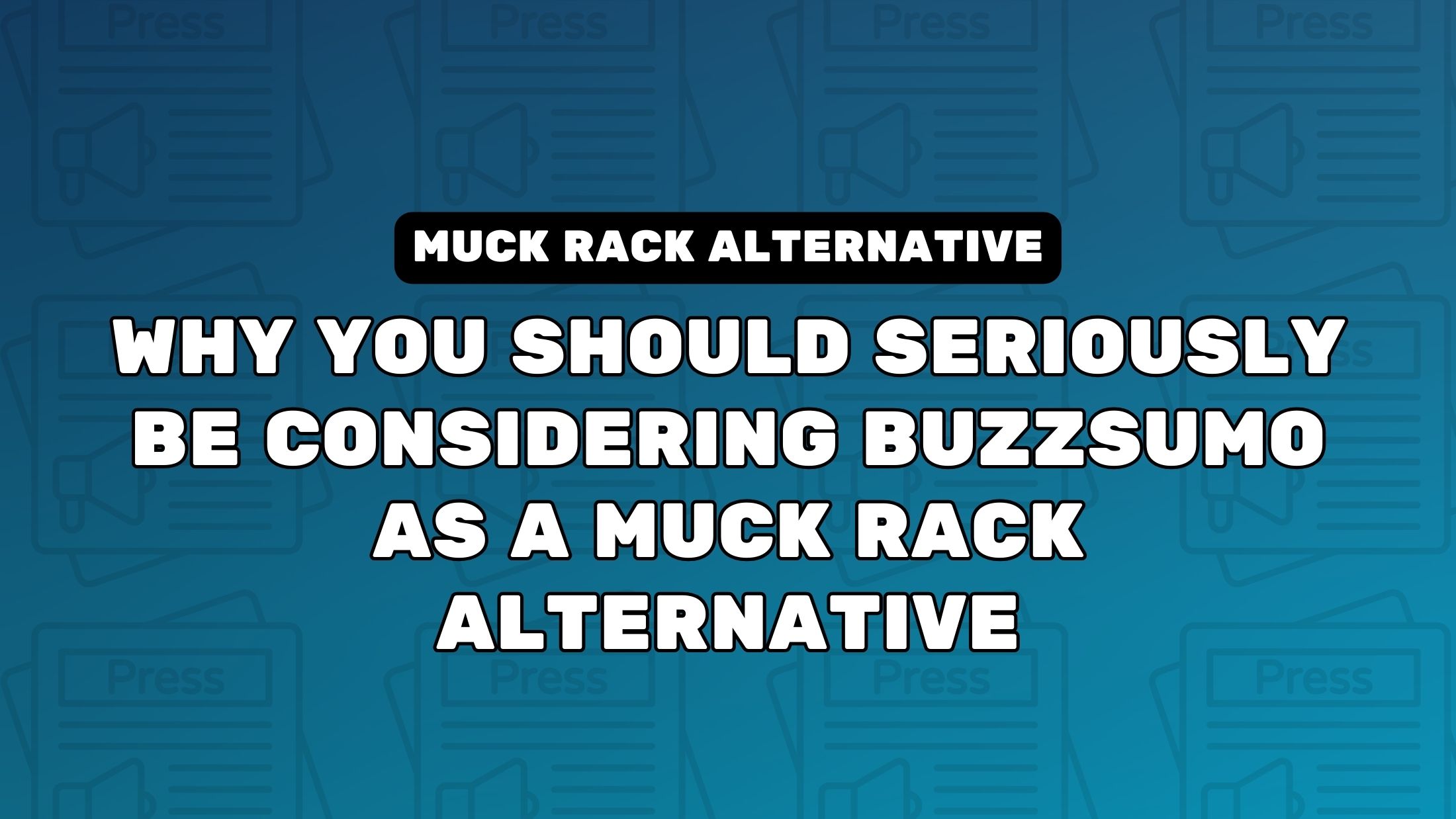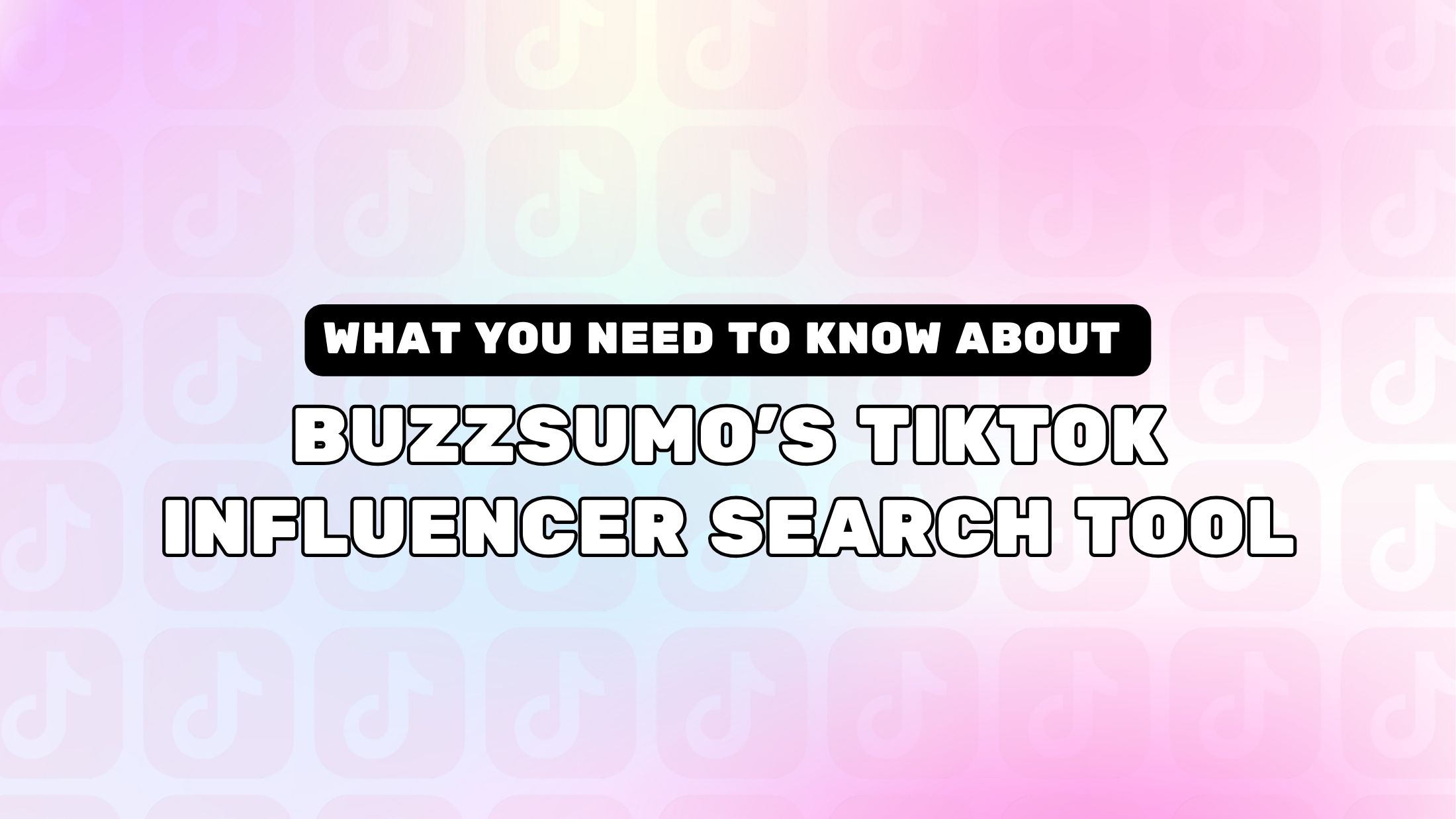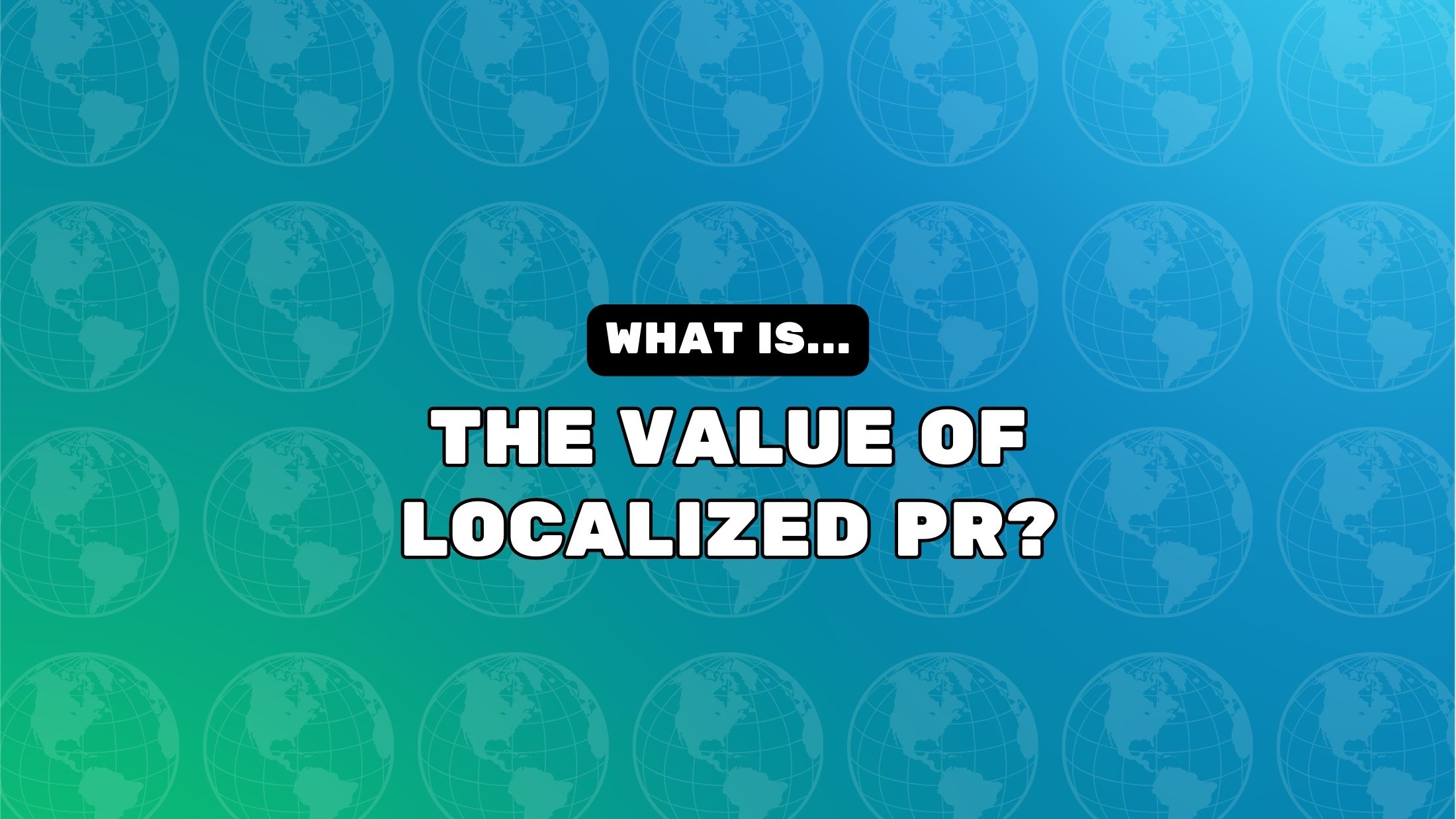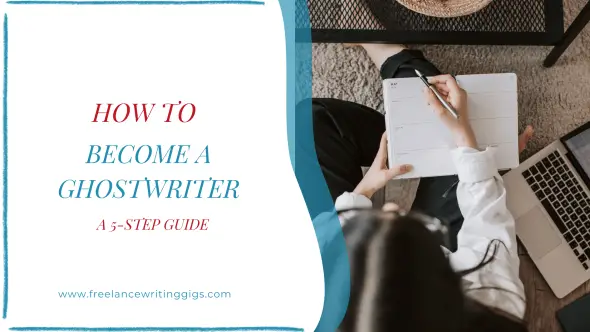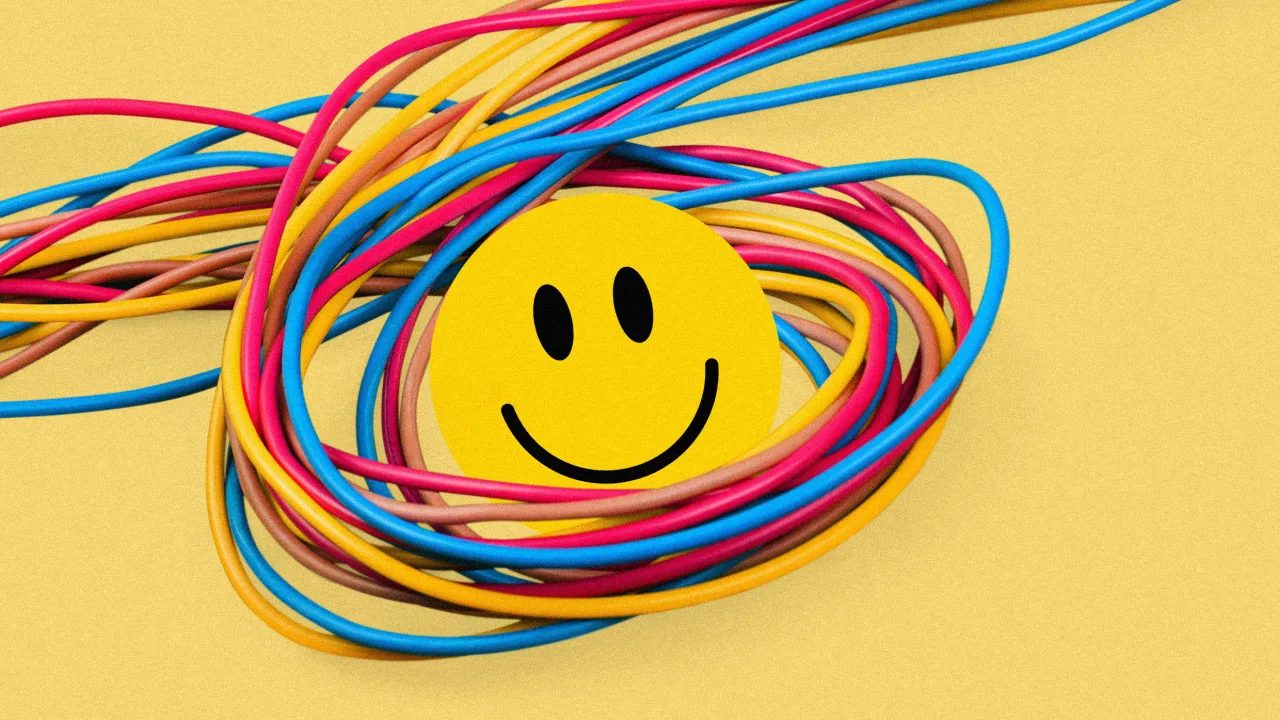Banking on equality: The journey to build first women’s bank
In 2019, I joined a group of entrepreneurial women with one bold goal: to create the only bank in the country strategically built to close the gender lending gap. That vision became First Women’s Bank. We were motivated by the numbers, and the opportunity to drive change. Women are transforming the economy in this country, owning over 14 million businesses representing 39% of all businesses, employing over 12 million people and generating $2.7 trillion. But despite this momentum, women are still not accessing the capital at equal rates as men. Women receive just 16% of commercial bank loans—and only 4.4% of total dollars lent in the small business economy. That is the gender lending gap. It is layered. It is complex. But it is also highly addressable. Every business owner is unique, so we don’t paint all women-owned businesses with a broad brush. But when you look at the data, a few patterns emerge. Understand the financing options First, many women simply aren’t connecting with the right forms of commercial capital. We often see women over-relying on personal credit tools when starting out, and sometimes throughout the life of their business. That might mean using credit cards, personal savings, or home equity lines to keep the business afloat. While resourceful, this approach is also limiting, and it can hurt their ability to qualify for commercial debt financing down the line. At the other end of the spectrum, we see women running high performing, growing firms turning to equity financing to fund expansion. Sometimes, depending on the industry or the company’s life stage, that’s the right call. But in many cases, it isn’t. Some women may not be aware of their other options or realize that a competitively priced commercial loan can be a more cost-effective way to finance growth. This has real consequences. Studies show that on average, women founders retain just 48 cents of equity for every $1 retained by male business owners. Think about that: Women are overcoming obstacles, building successful companies, and then only owning half of their own success. We believe that needs to change. Our goal is to connect with women earlier in their business journey. We’re encouraging them to think about commercial financing not just as a last resort, but as a strategic tool for growth. Education and outreach Over the years, we’ve also seen that women feel left behind in the lending process. They want to make informed financial decisions, but when the information or guidance isn’t accessible, they get discouraged and disconnect from the process entirely. Imagine the potential if women could double or triple their access to capital, the ripple effect across jobs, communities, would be transformational—not just for women, but for the entire U.S. economy. So, we rolled up our sleeves. We strategized, we led, and we built. Over two years, we raised nearly $40 million—the most ever raised by a startup bank in Illinois. We launched in 2021 with a simple mission: to grow the economy by elevating the role of women within it. And from the start, investors and partners saw the power in what we were doing. Our success is rooted in that clarity of purpose. It takes a village But from the beginning, we knew we weren’t going to do this alone. It takes a village. Our ability to lend and support women-owned businesses is powered by deposits, and we’ve been fortunate to partner with some of the largest and most respected companies in the country. These organizations support First Women’s Bank by holding zero interest deposits with us, creating real impact with their cash. The corporate mission partnerships are a concrete way for companies to bank with their values, support gender equity, and strengthen financial inclusion. We also knew we needed the right advocates at the table, leaders who could help amplify our mission on a national level. That’s why we created our Strategic Advisory Board, made up of lifelong champions of equality who have helped bring national attention to the power and potential of the women’s economy. Billie Jean King, Sophia Bush, Nia Batts, Allyson Felix, and Wes Felix have all been instrumental in our journey. The solution is layered So, while the gender lending gap has many causes, it also has clear solutions. It starts with access. It grows through education. It scales through capital. And it thrives through partnership. This work is deeply personal to me. Throughout my career, I’ve seen how often women are underestimated and how often we underestimate ourselves. I’ve also seen what happens when women access the tools, the capital, and the support they need: They thrive, they lift others, and they transform communities. That’s why I’m here. That’s why this bank exists. And when women rise, we all rise. Marianne Markowitz is president and CEO of First Women’s Bank.

In 2019, I joined a group of entrepreneurial women with one bold goal: to create the only bank in the country strategically built to close the gender lending gap. That vision became First Women’s Bank.
We were motivated by the numbers, and the opportunity to drive change. Women are transforming the economy in this country, owning over 14 million businesses representing 39% of all businesses, employing over 12 million people and generating $2.7 trillion. But despite this momentum, women are still not accessing the capital at equal rates as men. Women receive just 16% of commercial bank loans—and only 4.4% of total dollars lent in the small business economy.
That is the gender lending gap. It is layered. It is complex. But it is also highly addressable. Every business owner is unique, so we don’t paint all women-owned businesses with a broad brush. But when you look at the data, a few patterns emerge.
Understand the financing options
First, many women simply aren’t connecting with the right forms of commercial capital.
We often see women over-relying on personal credit tools when starting out, and sometimes throughout the life of their business. That might mean using credit cards, personal savings, or home equity lines to keep the business afloat. While resourceful, this approach is also limiting, and it can hurt their ability to qualify for commercial debt financing down the line.
At the other end of the spectrum, we see women running high performing, growing firms turning to equity financing to fund expansion. Sometimes, depending on the industry or the company’s life stage, that’s the right call. But in many cases, it isn’t. Some women may not be aware of their other options or realize that a competitively priced commercial loan can be a more cost-effective way to finance growth.
This has real consequences. Studies show that on average, women founders retain just 48 cents of equity for every $1 retained by male business owners. Think about that: Women are overcoming obstacles, building successful companies, and then only owning half of their own success. We believe that needs to change.
Our goal is to connect with women earlier in their business journey. We’re encouraging them to think about commercial financing not just as a last resort, but as a strategic tool for growth.
Education and outreach
Over the years, we’ve also seen that women feel left behind in the lending process. They want to make informed financial decisions, but when the information or guidance isn’t accessible, they get discouraged and disconnect from the process entirely.
Imagine the potential if women could double or triple their access to capital, the ripple effect across jobs, communities, would be transformational—not just for women, but for the entire U.S. economy.
So, we rolled up our sleeves. We strategized, we led, and we built. Over two years, we raised nearly $40 million—the most ever raised by a startup bank in Illinois. We launched in 2021 with a simple mission: to grow the economy by elevating the role of women within it. And from the start, investors and partners saw the power in what we were doing. Our success is rooted in that clarity of purpose.
It takes a village
But from the beginning, we knew we weren’t going to do this alone. It takes a village.
Our ability to lend and support women-owned businesses is powered by deposits, and we’ve been fortunate to partner with some of the largest and most respected companies in the country. These organizations support First Women’s Bank by holding zero interest deposits with us, creating real impact with their cash. The corporate mission partnerships are a concrete way for companies to bank with their values, support gender equity, and strengthen financial inclusion.
We also knew we needed the right advocates at the table, leaders who could help amplify our mission on a national level. That’s why we created our Strategic Advisory Board, made up of lifelong champions of equality who have helped bring national attention to the power and potential of the women’s economy. Billie Jean King, Sophia Bush, Nia Batts, Allyson Felix, and Wes Felix have all been instrumental in our journey.
The solution is layered
So, while the gender lending gap has many causes, it also has clear solutions.
It starts with access. It grows through education. It scales through capital. And it thrives through partnership.
This work is deeply personal to me. Throughout my career, I’ve seen how often women are underestimated and how often we underestimate ourselves. I’ve also seen what happens when women access the tools, the capital, and the support they need: They thrive, they lift others, and they transform communities. That’s why I’m here. That’s why this bank exists. And when women rise, we all rise.
Marianne Markowitz is president and CEO of First Women’s Bank.
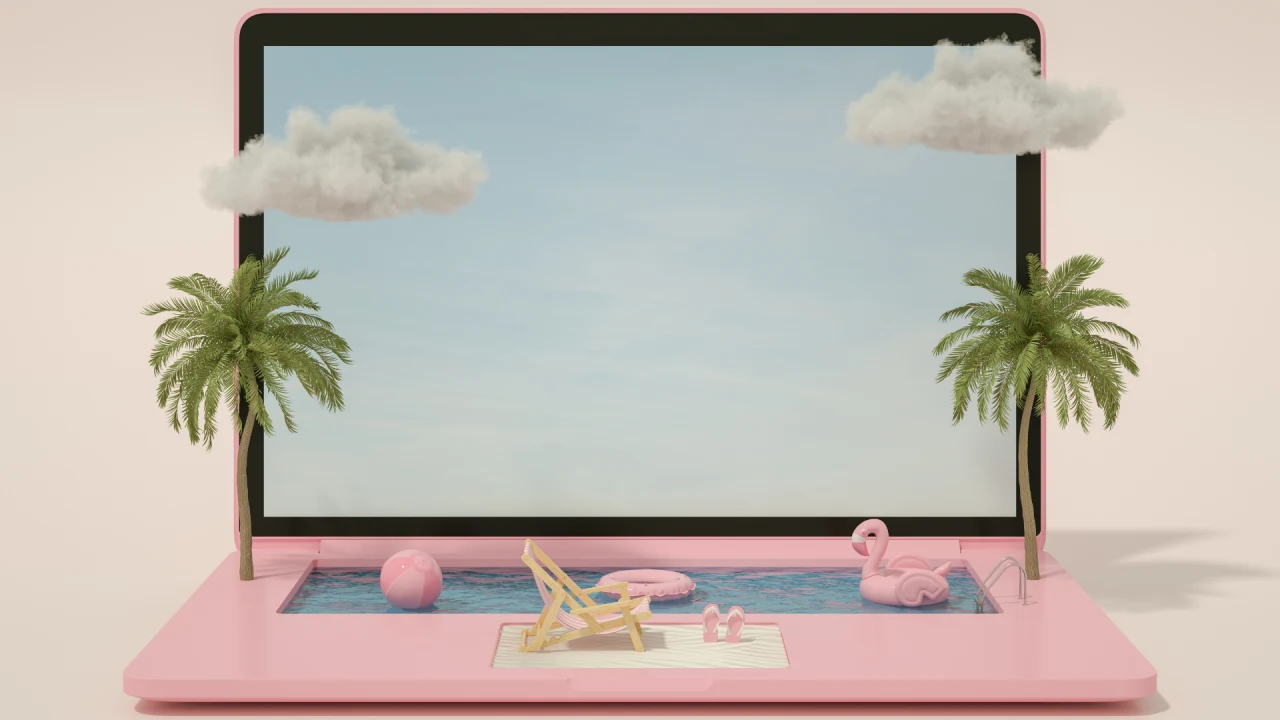




















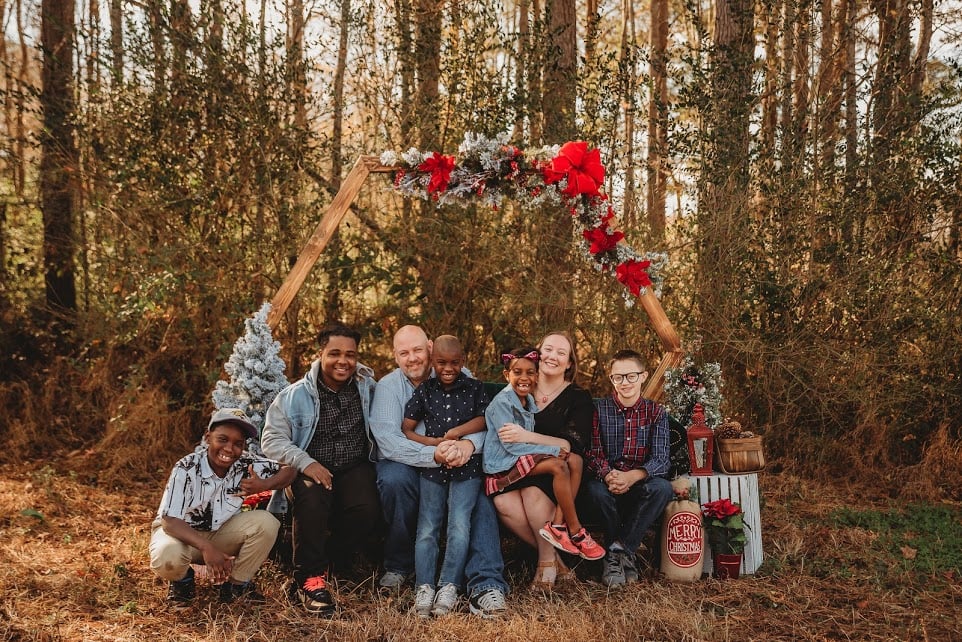










































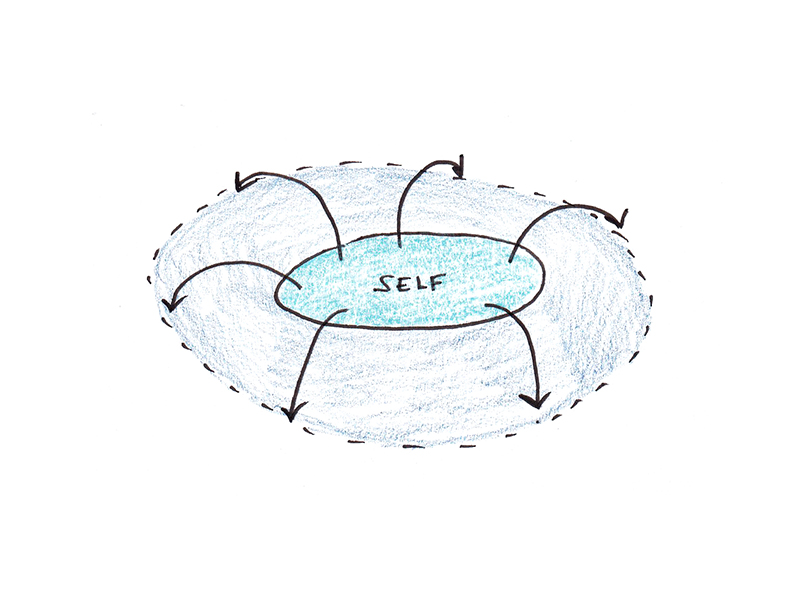
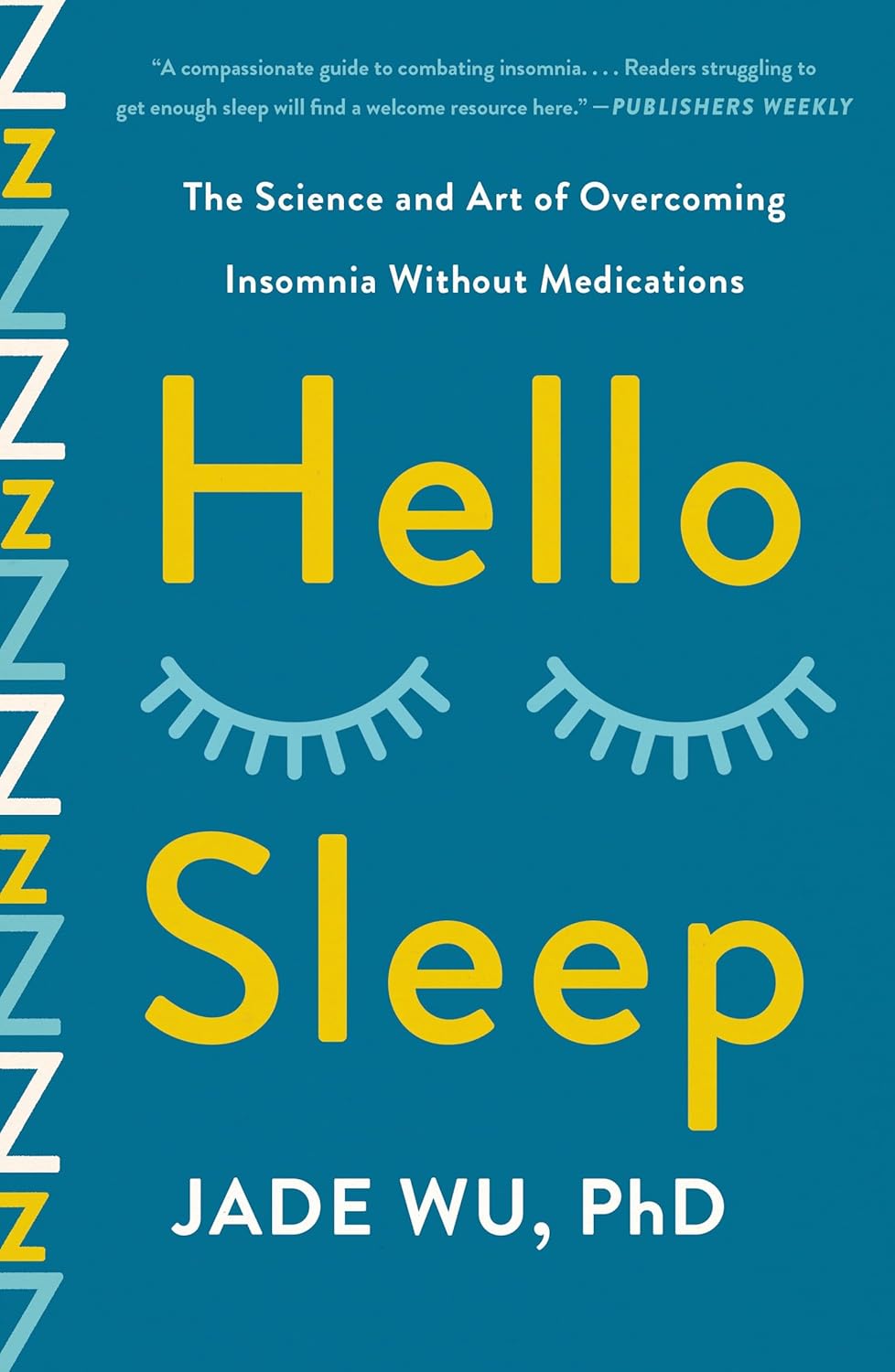




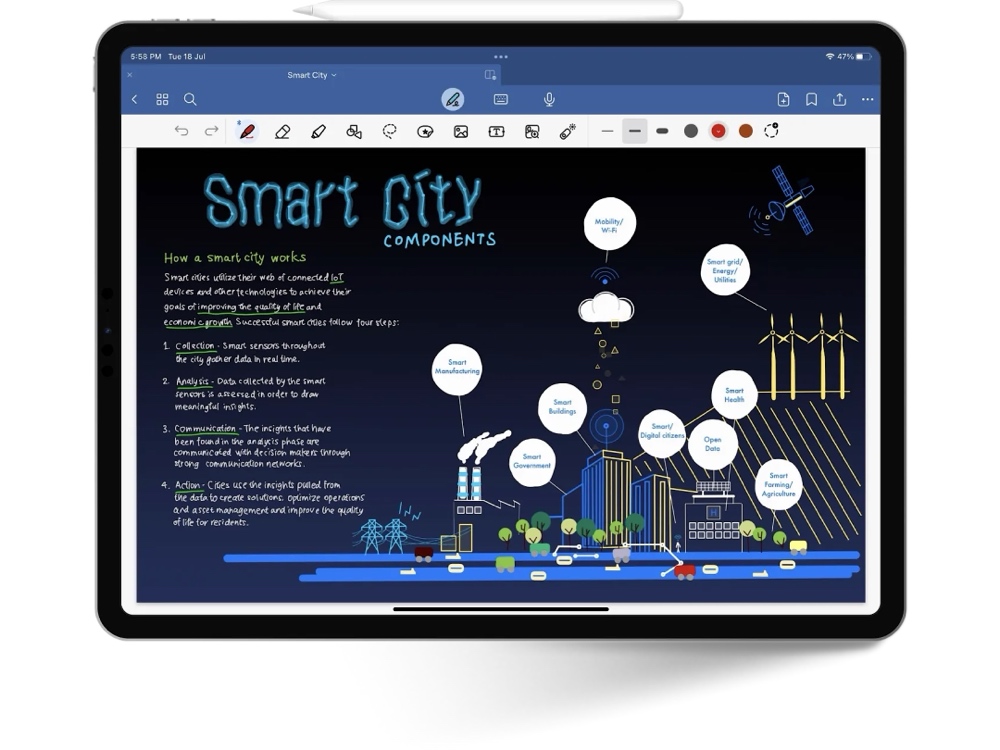

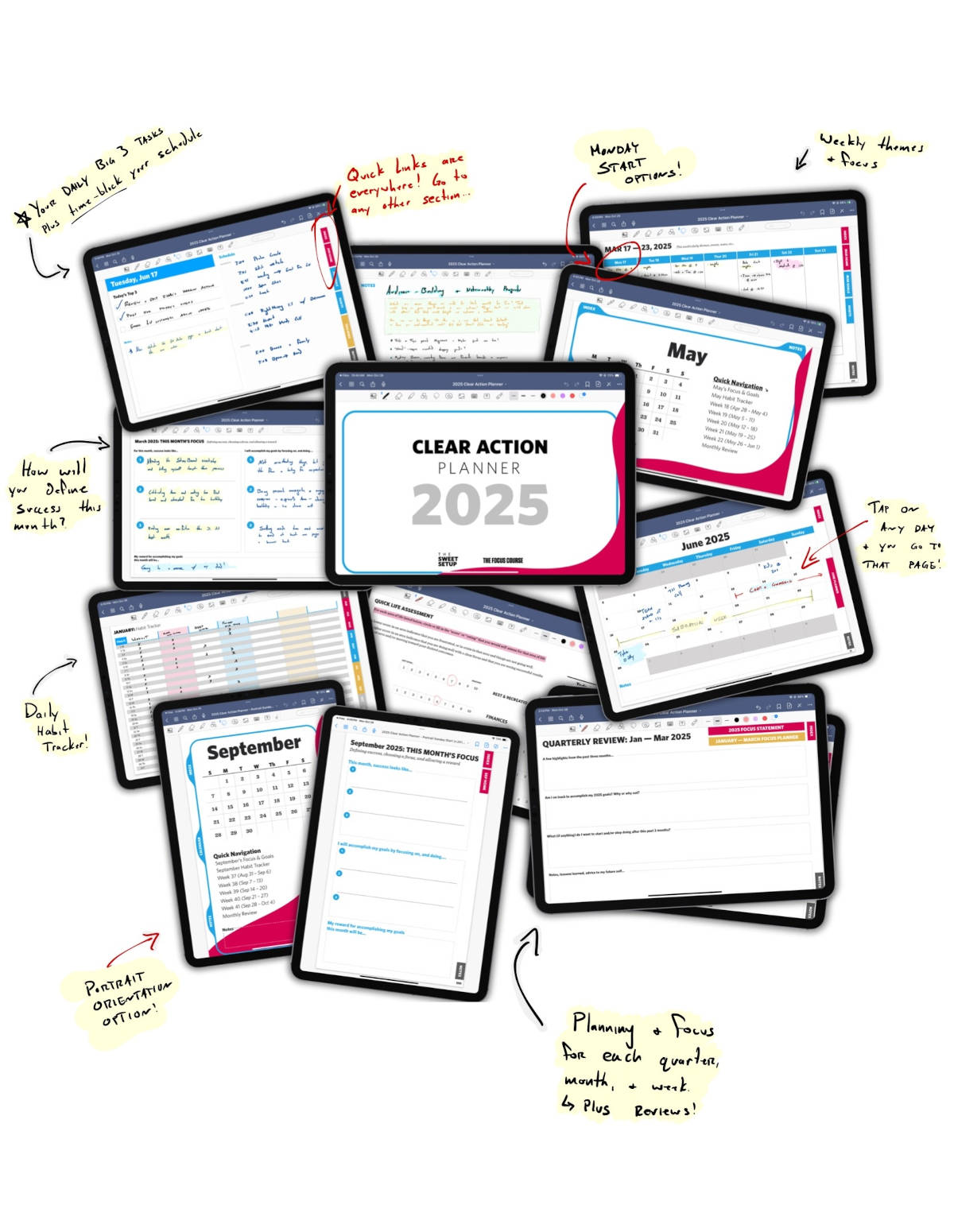
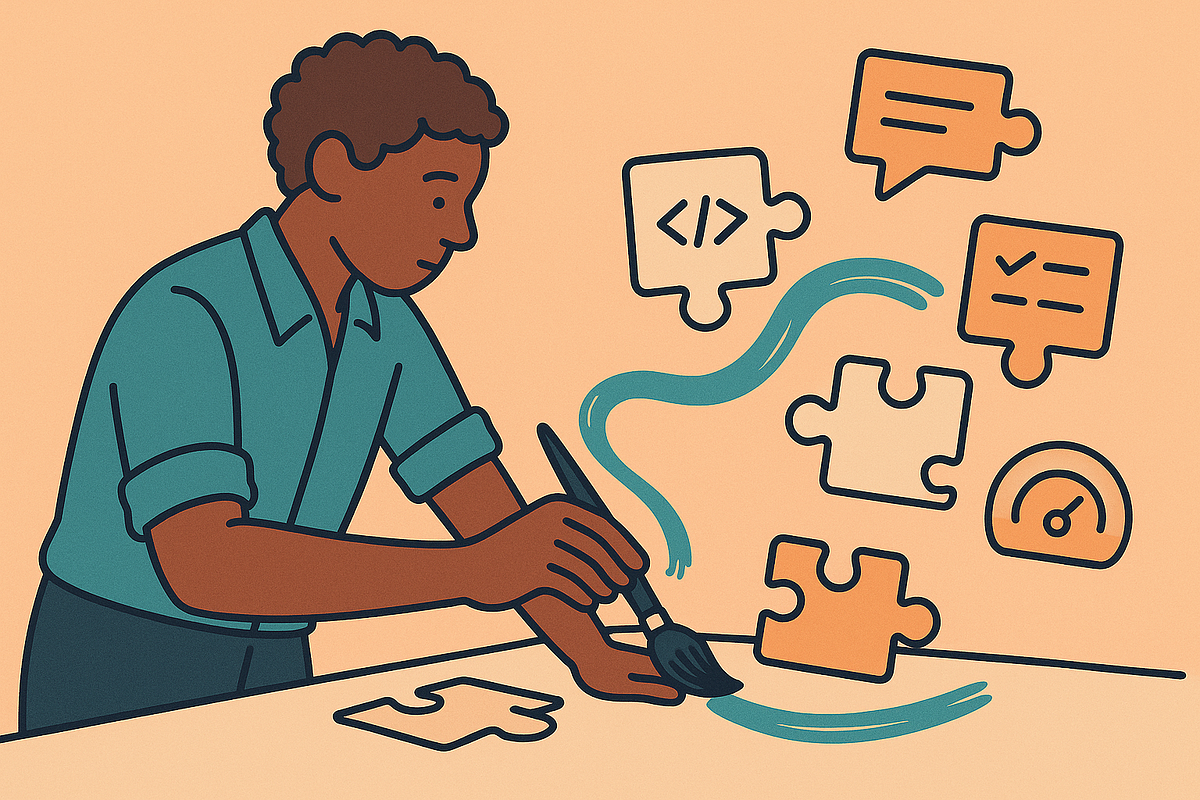



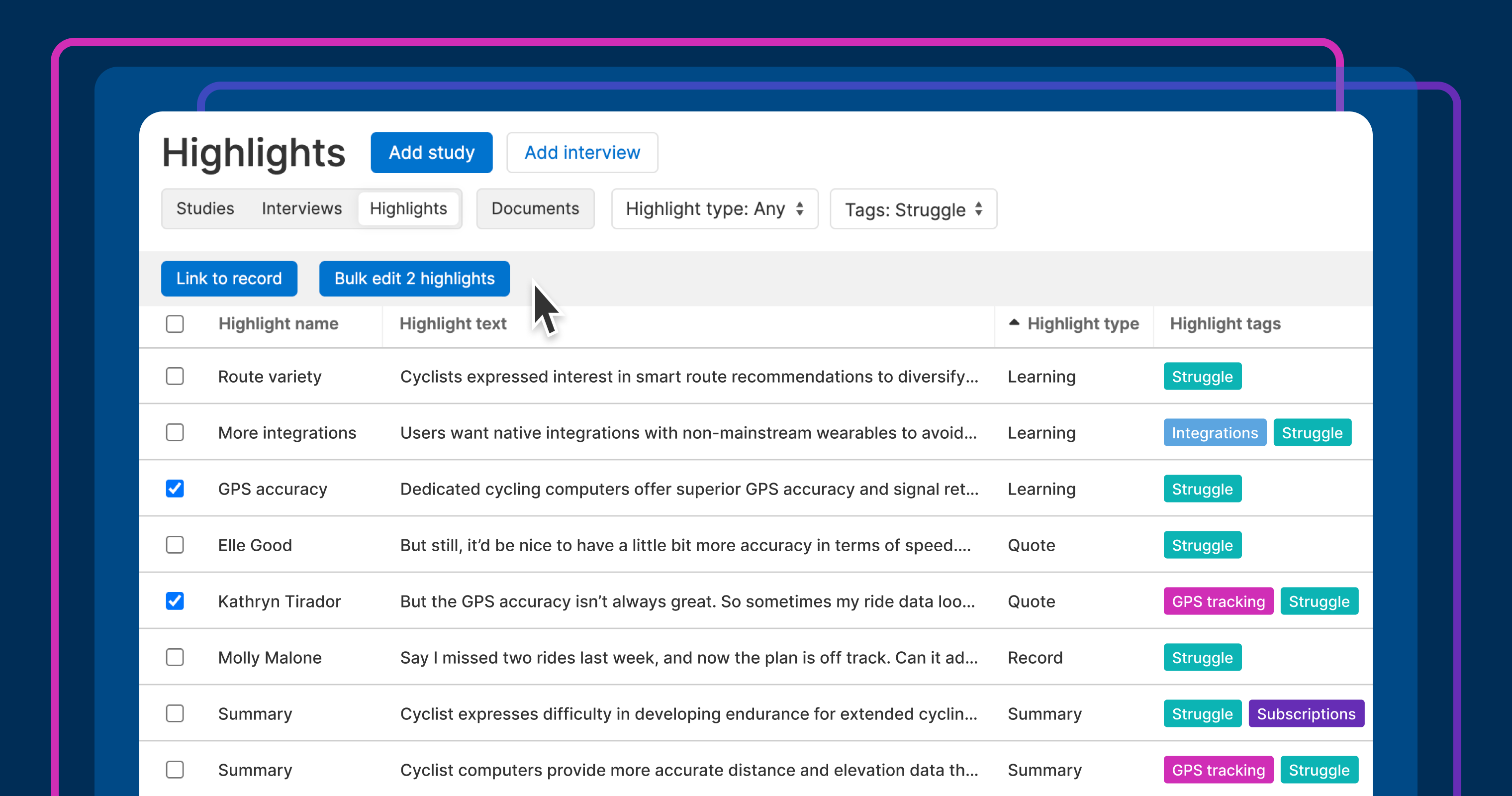


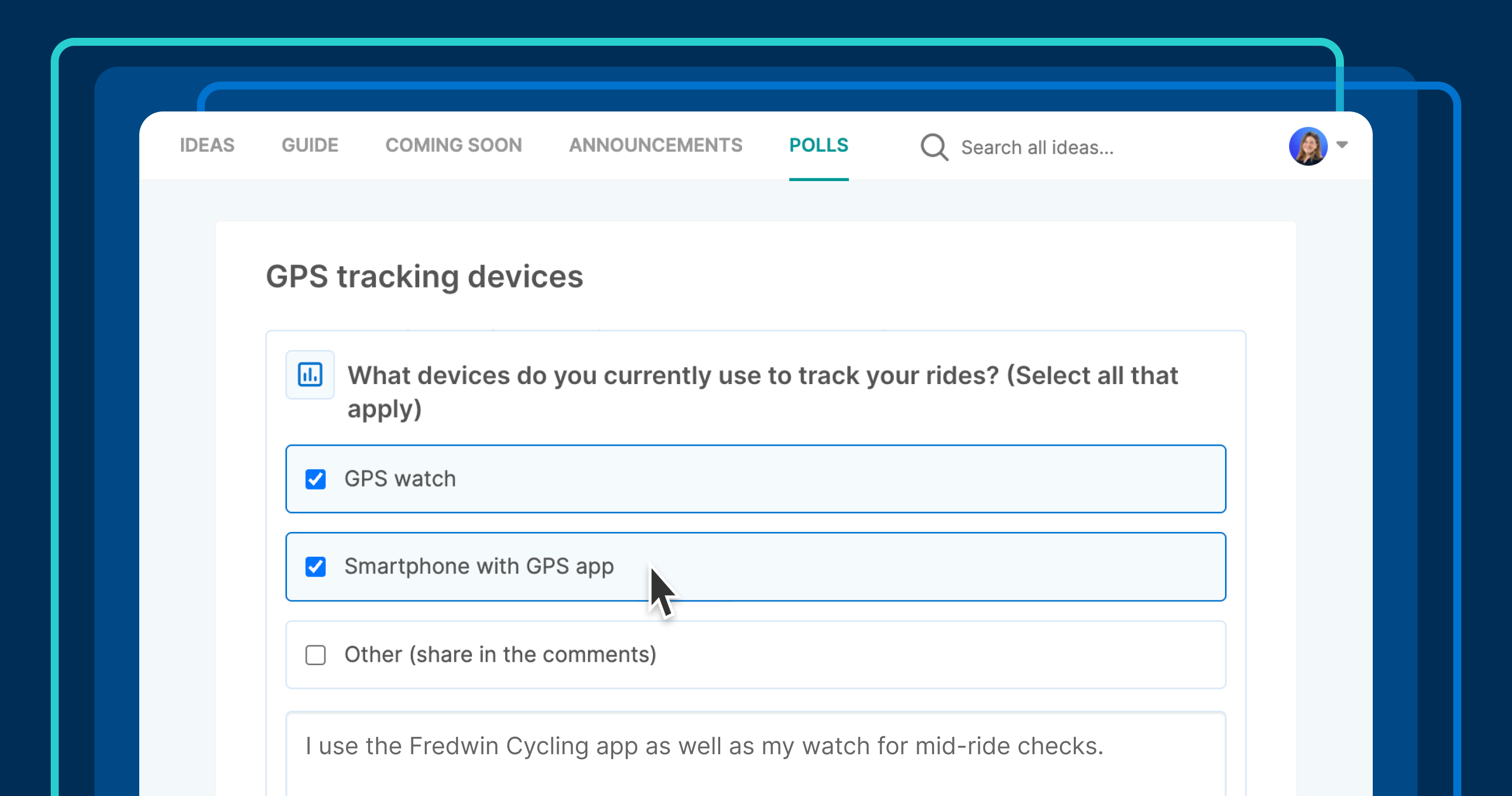





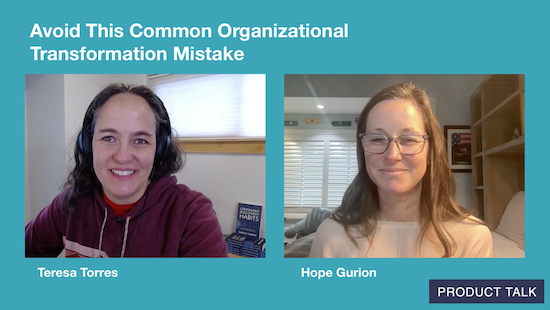
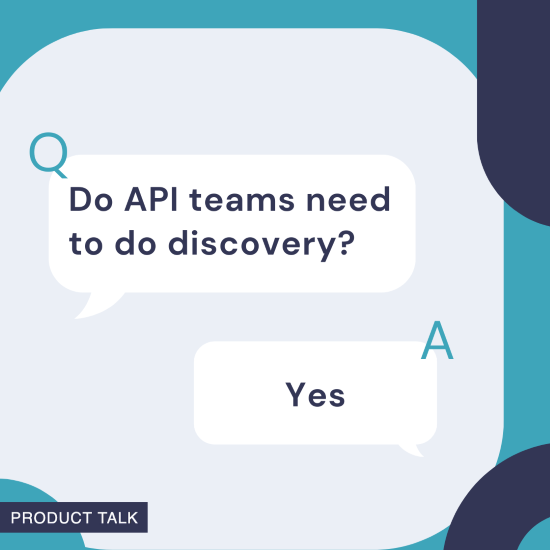









![Building A Digital PR Strategy: 10 Essential Steps for Beginners [With Examples]](https://buzzsumo.com/wp-content/uploads/2023/09/Building-A-Digital-PR-Strategy-10-Essential-Steps-for-Beginners-With-Examples-bblog-masthead.jpg)
